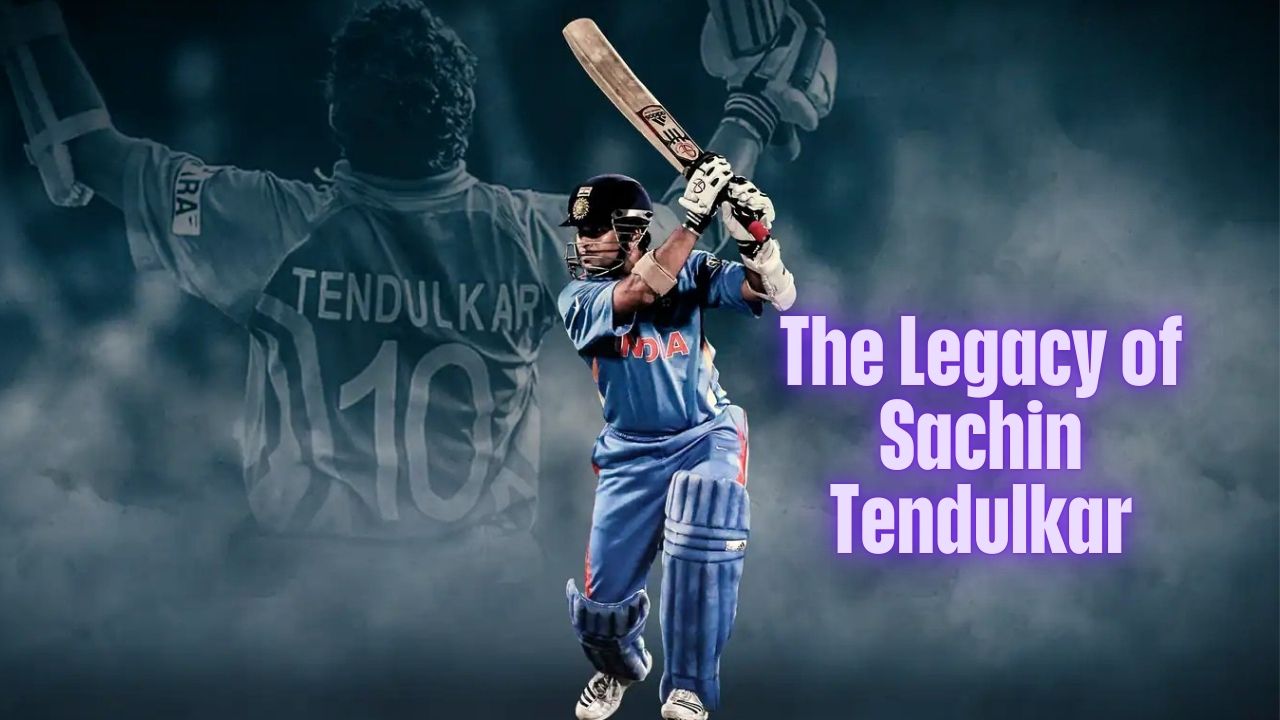Whole life insurance has been a staple in financial planning for generations. However, with changing economic landscapes, evolving consumer needs, and new insurance products entering the market, one might wonder:
Is whole life insurance still relevant in India in 2025?
This article delves into the intricacies of whole life insurance in India, its benefits, limitations, and whether it holds value for Indian policyholders today.
Understanding Whole Life Insurance
What is Whole Life Insurance?
Whole life insurance is a type of permanent life insurance that provides coverage for the entire lifetime of the policyholder, as long as premiums are paid. Unlike term insurance, which offers protection for a specific period, whole life insurance combines a death benefit with a savings component, making it a dual-purpose financial product.
This policy offers stability and predictability, appealing to individuals who prioritize financial security over high investment returns. It also serves as a tool for intergenerational wealth transfer, ensuring that families can preserve their financial stability even after the policyholder’s demise.
Given its dual benefits of protection and savings, whole life insurance remains a significant financial product in India.
| Feature | Benefit |
| Lifetime Coverage | Provides financial security for dependents regardless of when death occurs. |
| Savings Component | Builds cash value over time for loans or withdrawals. |
| Tax Benefits | Offers deductions under Section 80C and tax-free payouts. |
| Wealth Preservation | Facilitates intergenerational wealth transfer. |
How Does Whole Life Insurance Work?
Whole life insurance policies work on a simple premise:
- Premium Payments: Policyholders pay regular premiums, which are higher compared to term insurance.
- Death Benefit: A guaranteed amount is paid to beneficiaries upon the policyholder’s demise.
- Cash Value: A portion of the premium accumulates as cash value, which grows over time and can be borrowed against or withdrawn under specific conditions.
| Component | Explanation |
| Premiums | Regular payments required to maintain coverage. |
| Death Benefit | Lump sum paid to beneficiaries upon death. |
| Cash Value | Savings that grow tax-deferred and can be accessed by the policyholder. |
| Riders | Additional benefits like critical illness cover can be added to the policy. |
Types of Whole Life Insurance Policies in India
- Traditional Whole Life Insurance: Offers fixed premiums and guaranteed benefits. Ideal for individuals seeking predictability and security.
- Limited Pay Whole Life Insurance: Premiums are paid for a specific duration, but coverage lasts a lifetime. This is suitable for those wanting financial freedom in later years.
- Single Premium Whole Life Insurance: A one-time premium payment ensures lifelong coverage. This is popular among high-net-worth individuals looking for simplicity.
| Policy Type | Premium Payment Duration | Lifetime Coverage | Cash Value Growth |
| Traditional Whole Life | Throughout life | Yes | Moderate |
| Limited Pay Whole Life | Fixed period (e.g., 10 years) | Yes | Moderate to High |
| Single Premium Whole Life | One-time payment | Yes | Low to Moderate |
Key Features of Whole Life Insurance
- Lifetime Coverage: Ensures financial security for dependents irrespective of when the policyholder passes away.
- Tax Benefits: Premiums qualify for deductions under Section 80C of the Income Tax Act.
- Cash Value Accumulation: Provides a savings component that grows over time, adding liquidity to the policy.
- Loan Accessibility: Allows borrowing against the policy’s cash value during emergencies.
Benefits of Whole Life Insurance in 2025
Long-Term Financial Security
Whole life insurance guarantees a death benefit that ensures financial support for your family. This is particularly valuable in an unpredictable economic environment where other financial instruments may falter. The peace of mind that comes with guaranteed payouts is one of the primary reasons many Indians still consider this product indispensable.
Practical Insight:
For instance, consider a middle-aged parent with dependent children. A whole life insurance policy ensures that even if they pass away unexpectedly, their children’s education and daily needs are met without financial stress.
| Benefit | Explanation |
| Guaranteed Coverage | Lifetime security for dependents. |
| Inflation Protection | Death benefit retains value over time. |
| Savings Growth | Cash value grows steadily, ensuring a financial cushion. |
| Legacy Planning | Helps transfer wealth to future generations without legal complications. |
Tax Benefits and Savings Potential
Policyholders can avail of tax deductions on premiums paid, and the death benefit is tax-free. Additionally, the cash value acts as a long-term savings tool with steady growth. This dual benefit of protection and savings makes whole life insurance a preferred option for tax-conscious investors.
Example:
A policyholder investing in a limited-pay whole life insurance plan for 10 years reaps lifetime tax benefits while building a corpus for retirement. This dual advantage makes whole life insurance a unique financial product.
| Benefit | Details |
| Section 80C Deduction | Premium payments eligible up to INR 1.5 lakh per annum. |
| Tax-Free Death Payout | Death benefits exempt under Section 10(10D) of the Income Tax Act. |
| Tax-Deferred Growth | Cash value accumulates without immediate tax liability. |
Wealth Transfer and Estate Planning
For high-net-worth individuals, whole life insurance is a preferred tool for wealth transfer. The policy ensures that beneficiaries receive an inheritance without legal complications or significant tax liabilities.
Table: How Whole Life Insurance Aids Wealth Transfer
| Feature | Explanation |
| Tax-Free Inheritance | Beneficiaries receive a tax-free death benefit. |
| Legal Simplicity | Avoids probate and legal disputes over asset distribution. |
| Lifetime Protection | Provides lifelong financial support for family or dependents. |
Drawbacks of Whole Life Insurance
Higher Premium Costs
Whole life insurance premiums are significantly higher than those for term insurance. This cost difference can deter individuals from middle-income groups from opting for such policies. However, for those who can afford it, the added benefits often justify the cost.
| Policy Type | Average Annual Premium (INR) | Coverage Duration | Cash Value Component |
| Whole Life Insurance | 50,000+ | Lifetime | Yes |
| Term Insurance | 10,000 – 20,000 | Fixed Term | No |
Limited Investment Returns
The cash value grows at a modest rate, making it less attractive compared to market-linked instruments like mutual funds or ULIPs. Individuals looking for high returns may find this limiting.
Complex Policy Structures
Understanding the fine print, including surrender value, cash withdrawals, and loan terms, can be challenging for average policyholders.
Insight:
Many policyholders surrender their policies prematurely due to lack of understanding, losing out on potential long-term benefits.
Whole Life Insurance vs Other Options
Whole Life Insurance vs Term Insurance
Whole life insurance and term insurance cater to different needs. While whole life insurance emphasizes lifetime security and savings, term insurance focuses on affordable, high-coverage protection for a specific period.
Table: Whole Life Insurance vs Term Insurance
| Feature | Whole Life Insurance | Term Insurance |
| Coverage | Lifetime | Fixed Term (e.g., 20 years) |
| Premium Costs | High | Low |
| Savings Component | Yes | No |
| Tax Benefits | Yes | Yes |
Suitability for Different Age Groups
- Millennials and Gen Z: Prefer cost-effective options like term insurance or ULIPs due to their lower cost and investment flexibility.
- Individuals Over 40: Value lifetime coverage and wealth transfer benefits, making whole life insurance more appealing.
Is Whole Life Insurance Still Relevant in India in 2025?
Current Trends in Life Insurance in India
The Indian insurance industry has witnessed a surge in digital adoption, with policy comparisons, purchases, and claim settlements now accessible online. Post-pandemic financial awareness has also led to a renewed focus on insurance as a safety net.
Changing Preferences of Indian Policyholders
Modern policyholders are increasingly opting for flexible, affordable plans. However, those seeking lifelong security and estate planning solutions continue to prefer whole life insurance.
Table: Key Trends in Indian Insurance Market (2025)
| Trend | Explanation |
| Digital Adoption | Increasing use of online platforms for buying and managing policies. |
| Post-Pandemic Impact | Higher awareness of financial protection products. |
| Flexible Plans | Shift towards customizable and hybrid insurance products. |
Whole Life Insurance for Legacy and Wealth Planning
While younger generations lean toward investment-oriented products, whole life insurance remains a favored choice for older individuals aiming to leave a legacy.
Expert Opinions on Whole Life Insurance in 2025
Financial advisors emphasize that whole life insurance is ideal for those prioritizing stability and legacy over high returns. It’s a reliable option for individuals with specific estate planning needs.
Final Thoughts
Whole life insurance continues to hold relevance in India for those prioritizing long-term security, tax benefits, and wealth transfer. While it may not appeal to younger, investment-focused individuals, it remains a cornerstone for financial stability and estate planning.
Evaluate your financial goals, family needs, and consult a financial advisor to decide if whole life insurance is the right fit for you.










































